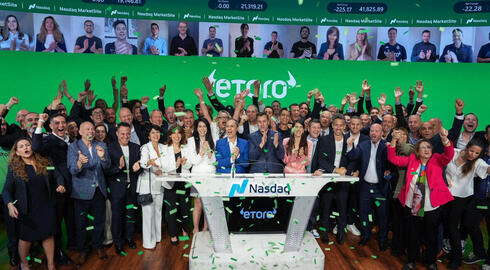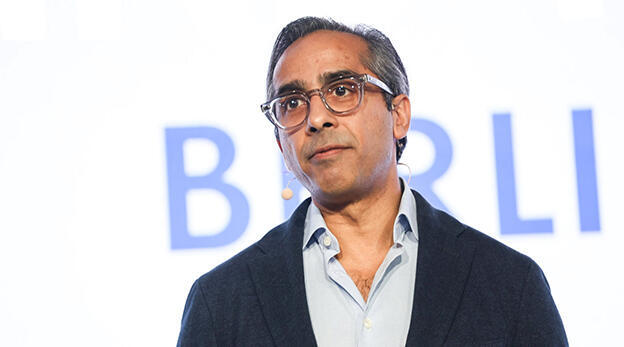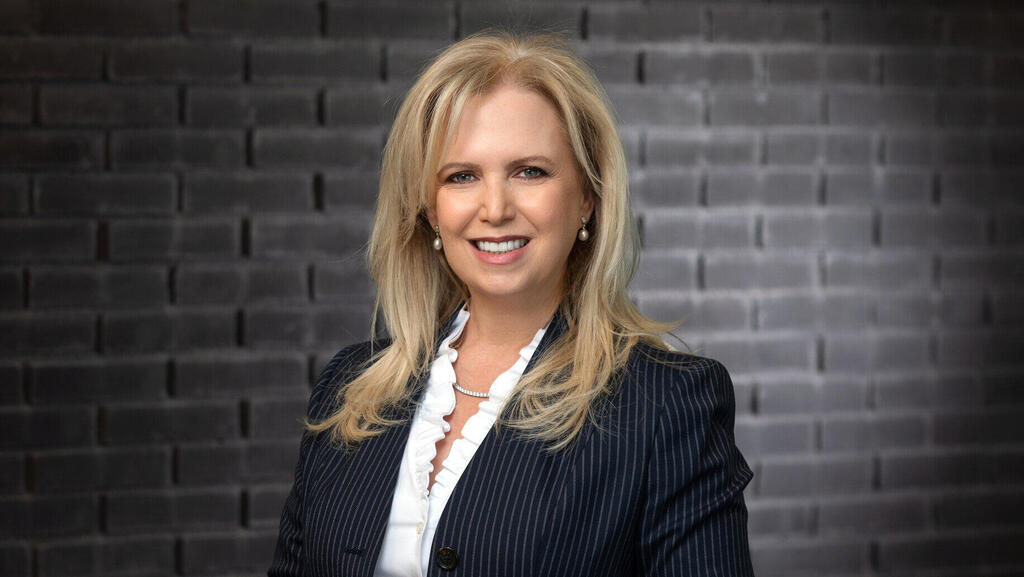
Tectonic shifts are forcing venture capital to abandon the traditional model to survive
The collapse of the classic startup playbook is forcing a fundamental reinvention.
The global venture capital industry doesn’t want to admit it yet, but the ground beneath it is shaking. The bursting of the 2021 bubble, coupled with the dearth of IPOs and the rise of the artificial intelligence revolution, has left funds with inflated portfolios and no real path to exit. Many limited partners (LPs) are growing frustrated and looking to liquidate their holdings.
Recent data shows that even the few IPOs that have taken place recently - by high-tech companies previously backed by VC funds - have come at lower valuations than their last private rounds. Yet many LPs, and now the funds themselves, recognize that there is no point waiting for IPOs that may never arrive - or may underwhelm when they do. Instead, they're selling their portfolios, often at steep discounts.
A partner at U.S.-based StepStone Group, which has already purchased multiple share blocks in Israel either from LPs or the funds themselves, recently revealed that the firm is being flooded with offers from VC funds looking to offload entire portfolios. No fewer than six funds are currently "on the shelf," with a combined value of $2.5 billion. These funds are trapped in a vicious cycle of illiquidity, unable to return capital to investors, and thus unable to raise new funds.
Even the industry’s crown jewel, Sequoia Capital, had to spend $861 million in 2024 to buy shares of long-delayed IPO candidate Stripe. The shares were purchased from LPs in one of Sequoia’s older funds (vintage 2010), who had pressured the firm to return at least some capital.
This increasingly complex reality is reflected in sharp declines in venture funding, as investors lose their appetite for a high-risk vehicle that has failed to deliver returns in recent years. PitchBook data shows that just 231 funds raised $18.7 billion in Q1 2025, a decade low. In all of 2024, VC funds raised $75 billion, the lowest annual figure since 2019. Only 77 of the 2025 vintage were new funds, compared to 215 the year before. The malaise is largely confined to venture capital; private equity and real estate debt funds have seen fundraising grow.
Israel’s venture capital landscape is not faring any better.
Secondary funds have emerged as the mirror image of venture capital, booming where VCs are bleeding. These funds, which buy shares and portfolios from existing funds, raised a staggering $52.1 billion in Q1 2025, nearly half their total for all of 2024. But this is not a story about secondary market momentum. Rather, it's a symptom of a deeper shift within venture capital itself: a sector that now knows the old model no longer works and is searching for something new.
This is not the first difficult chapter for venture capital, but based on how firms are behaving, the current downturn appears structural, not cyclical. In the U.S., VC firms are already reshaping their operating models to fit a new reality. For Israel, whose tech industry was largely born out of a government-led VC initiative in the early 1990s, the implications may be more serious.
Uri Gabai, CEO of the RISE Institute, which researches Israeli high-tech, questions whether venture capital is still the primary vehicle for funding innovation. “Israeli innovation is built on venture capital backing for startups. This model has served us well, but it may be less relevant today,” Gabai tells Calcalist. He argues that the biggest innovation efforts now require massive, long-term capital, coming increasingly from tech giants like Google, Microsoft, Meta, and Amazon. These companies are not just investing in core AI models but also in the underlying infrastructure, especially energy. Silicon Valley is already seeing a return of elite talent to these large players, because that’s where the most exciting AI breakthroughs are emerging.
Until recently, every entrepreneur knew the playbook: pitch a fund, tell a good story, raise a Seed round, move to Series A, collect marquee investors, and aim for unicorn status. Investors followed suit. The traditional VC model assumed a portfolio of ~25 startups, of which two would become unicorns and generate a 3x return to cover the rest. This worked well for early-stage (Seed) funds that sell to later-stage investors, but it’s breaking down for the mega-funds of Silicon Valley.
The game has changed, and the big VC funds know it. Today, the pace, structure, and firepower required to stay competitive are closer to private equity than traditional VC. To regain investor trust and flexibility, multi-stage funds are transforming into something entirely new.
In a conversation with Calcalist, Sarai Bronfeld, a partner at NFX, explains: “Most VC funds are limited by regulation, they can only invest up to 20% of their capital in non-eligible assets like crypto. And they rarely hold public equities beyond the post-IPO lock-up. Once they can sell, they sell. At that moment, the fund’s active role ends. It doesn’t advise, lend, or continue holding. And that is exactly what no longer works in a world in which companies stay private for a long time, and where the real opportunities arrive much later.”
Still, Bronfeld says the changes go beyond just IPO delays. The growth of the secondary market, from $20 billion in 2012 to over $100 billion in 2025, has created new liquidity pathways. And the AI revolution has enabled once-unthinkable moves. Large, multi-stage firms - like Andreessen Horowitz, General Catalyst, and Sequoia - are now registering as Registered Investment Advisors (RIAs), launching wealth management divisions, and hiring private equity talent. Lightspeed, for example, registered as an RIA just three weeks ago.
The transformation is radical. These firms can now invest in public equities, buy secondary shares from employees, make buyout-style acquisitions, hold companies indefinitely, and build “roll-up” platforms across industries, much like Blackstone, not Y Combinator.
“There’s nothing stopping Sequoia from taking control of a company, or even taking over a small public firm,” says Bronfeld. “They have more power than ever. The more money they manage, the more transformative their reach, from seed stage to global giants.”
Sequoia has already merged all its funds into a single, open-ended Evergreen fund. Thrive Capital has launched Thrive Holdings, a non-fund legal structure, and raised $1 billion exclusively to build and acquire AI startups. General Catalyst is building entire companies in-house and even acquiring hospitals, like Summa Health, as platforms for AI-driven healthcare delivery. It now owns both the sellers (AI-powered portfolio companies) and the buyers (healthcare providers).
“New-format funds are surging in popularity,” says Ayelet Torem, CEO of APM MAKERS, a subsidiary company of the law firm Amit, Pollak, Matalon. Her company specializes in fundraising for VC's and startups, and initiating the establishment of new VC's. Torem, who spent years in Silicon Valley, says many Israeli funds are embracing the shift. “In 2008, everyone panicked, but things normalized quickly. I wouldn’t write off venture capital. The model isn’t dying - it’s evolving. Funds are either extending their lifespan with LP approval, distributing shares directly to investors, or redesigning the way capital is locked up.”
In Israel, Torem says, the shift is particularly clear in the rise of niche funds, targeting sectors like defense or cybersecurity, offering investors specialization and differentiated risk. And despite the restructuring, capital hasn’t disappeared: private wealth and family offices now prefer to invest directly in startups rather than through funds, adding a new source of capital to Israel’s innovation economy.
















